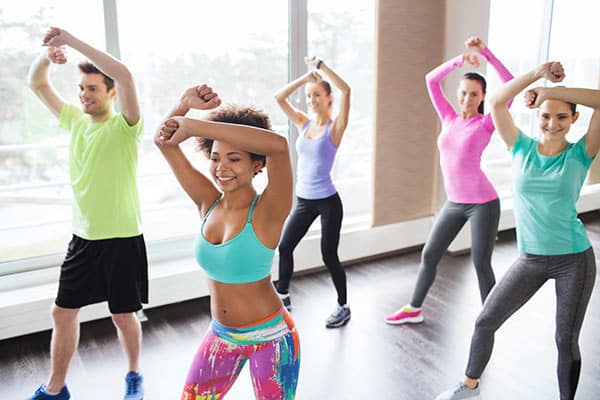
In the new year, a lot of people make resolutions to make healthier choices and exercise more. Gyms are always offering new classes and services to keep up with fitness trends, and trying new classes or training methods can be a good way to shake up your normal routine.
Anyone who hasn’t exercised in awhile will have some hurdles to overcome when getting back into a fitness routine, but those who suffer from arthritis often have additional concerns and limitations. That doesn’t mean that arthritis sufferers are limited to basic routines—they just have to be conscious about the impact of the exercise on the joints.
What should you try and what should you avoid if you have arthritis? Let’s look at some of the most popular exercise trends right now.
Barre Classes
Barre Classes focus on stretching and toning to develop long, lean muscle. The routines are similar to training exercises that ballerinas use. Because the workout is generally low- to no-impact, it can be a great option for those with arthritis. Flexibility and balance are important factors in improving arthritis pain, and barre classes can be very helpful in both of those areas. Start with a beginner-level class and ask the instructor to help you modify any moves that make your joint pain worse.
Verdict: Give it a try!
Spinning
I have talked about cycling and spinning on my blog before, and I think it can be a very beneficial exercise for people with arthritis. Spinning is a low-impact activity, so it won’t put as much stress on your joints as other activities might. Spin classes can get fairly intense, so they may not be a good option for those with severe arthritis. However, you may be able to tweak the workout to fit your level of ability. Start off with a beginner-level class and ask your instructor for help if certain movements are overly painful.
Verdict: Give it a try!
Dance Fitness
Dance fitness classes can be a lot of fun for people who don’t enjoy more traditional forms of exercise. Dance-based classes like Zumba and belly dancing can provide a great cardio workout, helping you to manage your weight and improve range of motion in your joints. When choosing a dance fitness class, look for dance styles that don’t require a lot of jumping or stomping, as those types of moves can increase impact on the joints. If you aren’t sure what the class entails, ask your gym or the class instructor. Belly dance classes can be great for improving range of motion in the hips. Zumba is a great cardio workout; the Arthritis Foundation recommends trying a Zumba Gold Class, which is geared toward beginners and people with physical limitations. Hip-hop dance classes generally require higher-impact movements, and therefore may not be a good idea for patients with arthritis.
Verdict: Give it a try, as long as you can find a class that fits your needs.
High-Intensity Interval Training (HIIT)
High-intensity interval training, or HIIT, is characterized by alternating brief periods of high intensity activity and lower intensity recovery moves. It is designed to raise the heart rate and burn calories. While it can be very effective for weight management, not all HIIT routines are suitable for those with arthritis. If you want to give it a try, you can use high-intensity techniques with exercise bikes, elliptical machines, and swimming. Avoid using HIIT methods for activities that stress your arthritic joints.
Verdict: It may be helpful, but don’t try it with high-impact activities.
CrossFit
Crossfit is a very intense exercise program. Participants perform high-impact activities like weightlifting and jumping, which can be problematic for those with arthritis. Joint stability is important in doing CrossFit correctly, and for some people arthritis can cause instability in the joints. Joint instability increases your chances of getting hurt during CrossFit. If your arthritis pain is mild, you may be able to modify some of the moves to accommodate your needs. For those with severe arthritis, CrossFit is probably best avoided.
Verdict: Modified CrossFit moves may be okay for those in the early stages of arthritis, but there are probably better forms of exercise out there that can better accommodate your needs.
When it comes to fitness, you have to do what you enjoy and what works for you. Don’t be afraid to try new things, but be careful not to push yourself too far.